Lot details Please note this Lot is to be sold at No Reserve. 本拍品不設底價 China, circa 3300-2200 BC. Finely decorated to all sides and edges with neatly applied incision work depicting cosmic cloud scrolls, the present Huang has a prominently carved godhead mask located at the center of the front side, just beneath a zoomorphic bird head with a pointed beak at the top. Both wings are pierced with funneled apertures for suspension. The opaque stone is of a brown hue with beige clouding and dark brown inclusions. Provenance: From the Sir Percival David collection, according to an old paper label reading “The Percival Collection, of Chinese Jades” and manually inscribed “Zoomorphic Figure”. Collection of Harry Geoffrey Beasley, probably acquired from the above between 1923 and 1939, and thence by descent to his widow Irene Beasley. Collection of Alfred William Cowperthwaite, acquired from the above c. 1939 and thence by descent in the same family. Sir Percival David (1892-1964) was a Bombay-born British financier who is best known as a scholar and collector of Chinese ceramics, postal stamps, and jades. He became enamored with Chinese art after his visit to China in 1923 and started the Percival David Foundation to promote the research of Chinese art and culture. His collection grew to an astounding 1,700 pieces, which are now on display at the British Museum. Harry Geoffrey Beasley (1881-1939) was a British anthropologist and museum curator who developed an important ethnographic collection during the early 20th century that is now held in various British museums. With his wife Irene, Beasley set up the Cranmore Ethnographical Museum which eventually held more than 6,000 objects of ethnographical interest. The Beasleys collected objects from across Europe, buying from auction houses and local museums to expand the collection, which contained material from the Pacific, Asia, Africa, and Northwestern America. Beasley wrote numerous articles for anthropological journals and was considered an expert in his field. He died in 1939 and his collection was stored with the British Museum collections during the war, which was fortunate as the Cranmore Museum was destroyed by bombing. After the war, substantial portions of the collection were passed to the British Museum, the Royal Museum in Edinburgh, the Museum of Archaeology and Anthropology, the University of Cambridge, the Pitt Rivers Museum, and the Merseyside County Museum. Other pieces, such as the present lot, were sold by his widow and, after her death in 1974, by their daughters. Alfred William Cowperthwaite (1890-1964) was a contributor to the Cranmore Museum and became good friends with Harry Beasley. Shortly after Harry Beasley’s death, he acquired a number of objects from Irene Beasley, including the present lot. Condition: Very good condition, commensurate with age. Extensive wear and weathering, as expected, with rubbing and abrasion to the fine incision work, and some nicks and chips which have smoothened over time. The stone with natural inclusions and fissures, some of which may have developed into small hairline cracks over time. Calcification throughout. Weight: 73.7 g Dimensions: Length 10.3 cm Please click here to read the full description With an associated metal stand. (2) Huang were a part of the elite adornments during the Neolithic period, especially within Hongshan, Liangzhu, and Longshan cultures. These were worn along with headgear, knee decorations, elaborate beaded necklaces, and other body ornaments, all made primarily from jade. Dr. Elizabeth Childs-Johnson dubs these cultures a part of the ‘Jade Age’, a period during which an abundance of jade objects accompanied the elite burials for the first time. The imagery carved on these jade adornments was highly standardized, and the most prominent image, which appears on this lot, is that of the godhead (also called a spirit person, shenren, or an anthropomorphized deity). This image is flat, often covered in cosmi
Lot details Please note this Lot is to be sold at No Reserve. 本拍品不設底價 China, circa 3300-2200 BC. Finely decorated to all sides and edges with neatly applied incision work depicting cosmic cloud scrolls, the present Huang has a prominently carved godhead mask located at the center of the front side, just beneath a zoomorphic bird head with a pointed beak at the top. Both wings are pierced with funneled apertures for suspension. The opaque stone is of a brown hue with beige clouding and dark brown inclusions. Provenance: From the Sir Percival David collection, according to an old paper label reading “The Percival Collection, of Chinese Jades” and manually inscribed “Zoomorphic Figure”. Collection of Harry Geoffrey Beasley, probably acquired from the above between 1923 and 1939, and thence by descent to his widow Irene Beasley. Collection of Alfred William Cowperthwaite, acquired from the above c. 1939 and thence by descent in the same family. Sir Percival David (1892-1964) was a Bombay-born British financier who is best known as a scholar and collector of Chinese ceramics, postal stamps, and jades. He became enamored with Chinese art after his visit to China in 1923 and started the Percival David Foundation to promote the research of Chinese art and culture. His collection grew to an astounding 1,700 pieces, which are now on display at the British Museum. Harry Geoffrey Beasley (1881-1939) was a British anthropologist and museum curator who developed an important ethnographic collection during the early 20th century that is now held in various British museums. With his wife Irene, Beasley set up the Cranmore Ethnographical Museum which eventually held more than 6,000 objects of ethnographical interest. The Beasleys collected objects from across Europe, buying from auction houses and local museums to expand the collection, which contained material from the Pacific, Asia, Africa, and Northwestern America. Beasley wrote numerous articles for anthropological journals and was considered an expert in his field. He died in 1939 and his collection was stored with the British Museum collections during the war, which was fortunate as the Cranmore Museum was destroyed by bombing. After the war, substantial portions of the collection were passed to the British Museum, the Royal Museum in Edinburgh, the Museum of Archaeology and Anthropology, the University of Cambridge, the Pitt Rivers Museum, and the Merseyside County Museum. Other pieces, such as the present lot, were sold by his widow and, after her death in 1974, by their daughters. Alfred William Cowperthwaite (1890-1964) was a contributor to the Cranmore Museum and became good friends with Harry Beasley. Shortly after Harry Beasley’s death, he acquired a number of objects from Irene Beasley, including the present lot. Condition: Very good condition, commensurate with age. Extensive wear and weathering, as expected, with rubbing and abrasion to the fine incision work, and some nicks and chips which have smoothened over time. The stone with natural inclusions and fissures, some of which may have developed into small hairline cracks over time. Calcification throughout. Weight: 73.7 g Dimensions: Length 10.3 cm Please click here to read the full description With an associated metal stand. (2) Huang were a part of the elite adornments during the Neolithic period, especially within Hongshan, Liangzhu, and Longshan cultures. These were worn along with headgear, knee decorations, elaborate beaded necklaces, and other body ornaments, all made primarily from jade. Dr. Elizabeth Childs-Johnson dubs these cultures a part of the ‘Jade Age’, a period during which an abundance of jade objects accompanied the elite burials for the first time. The imagery carved on these jade adornments was highly standardized, and the most prominent image, which appears on this lot, is that of the godhead (also called a spirit person, shenren, or an anthropomorphized deity). This image is flat, often covered in cosmi

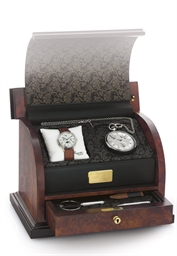
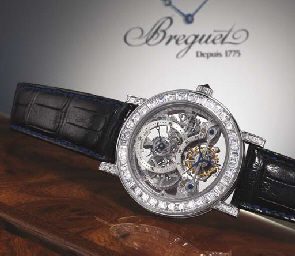
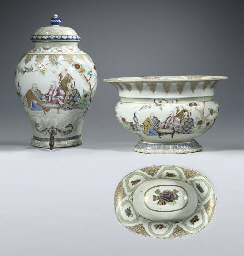
.jpg)
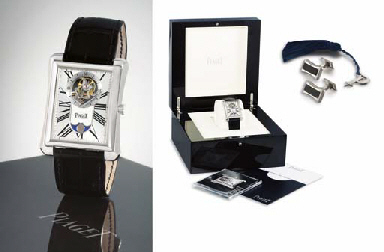
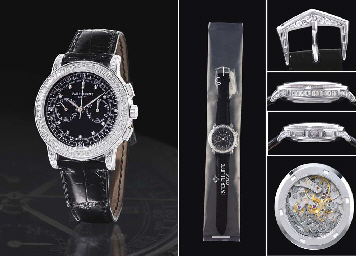
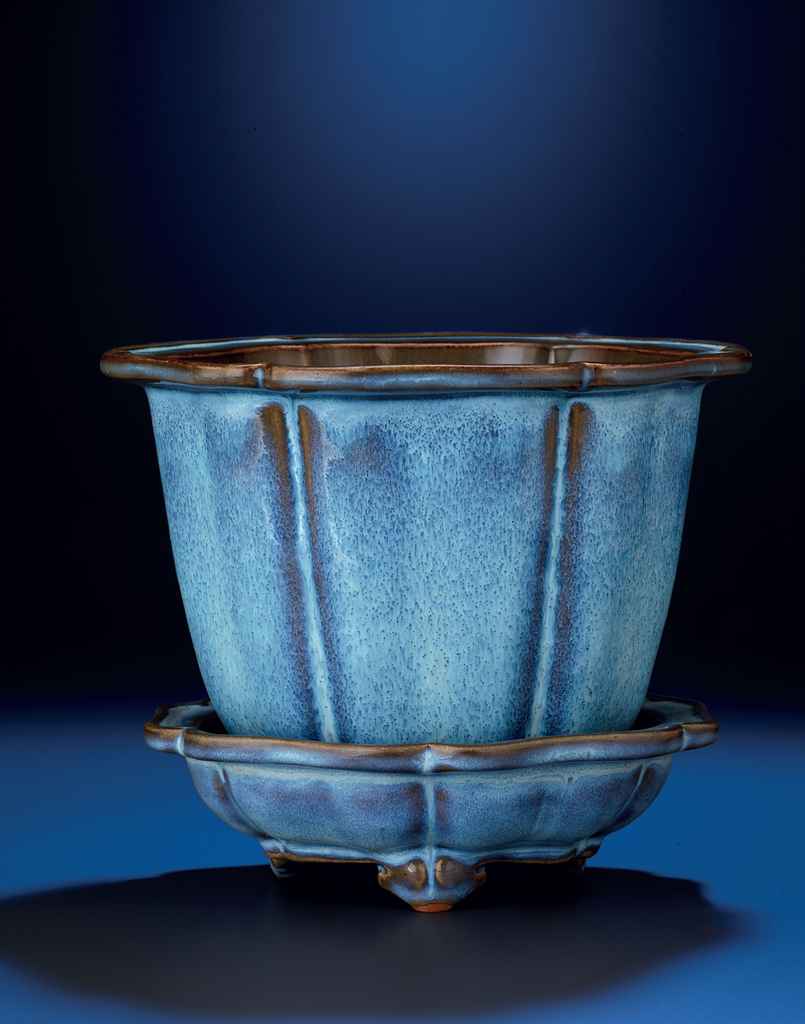
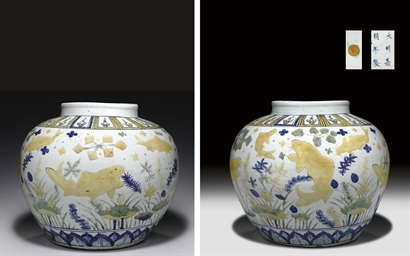
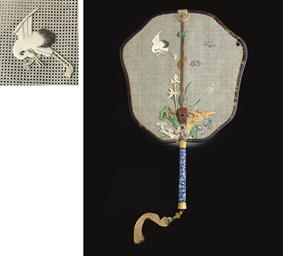

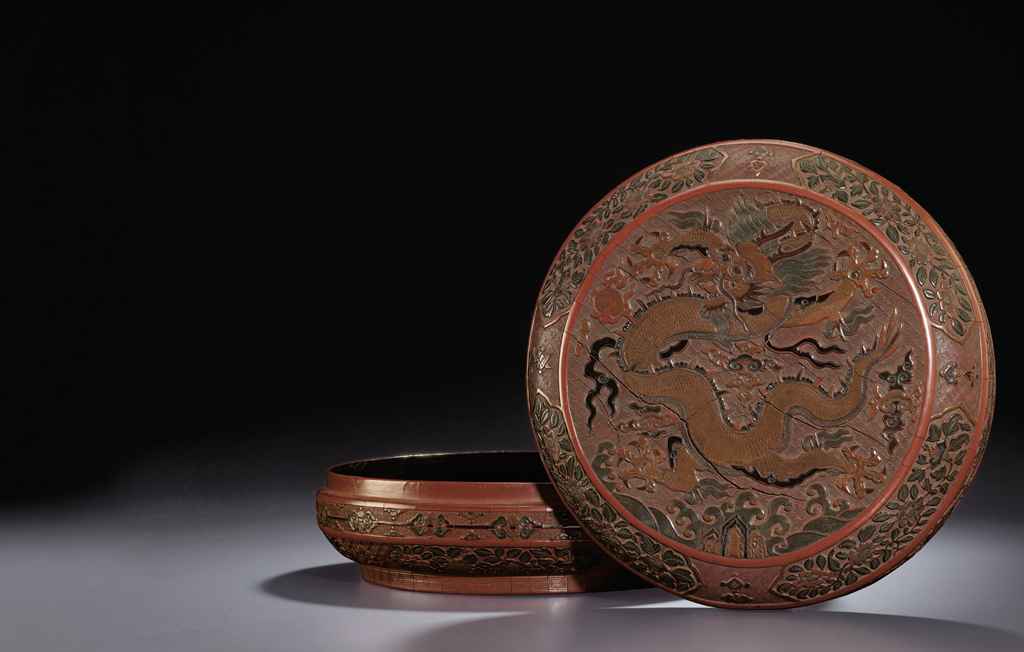
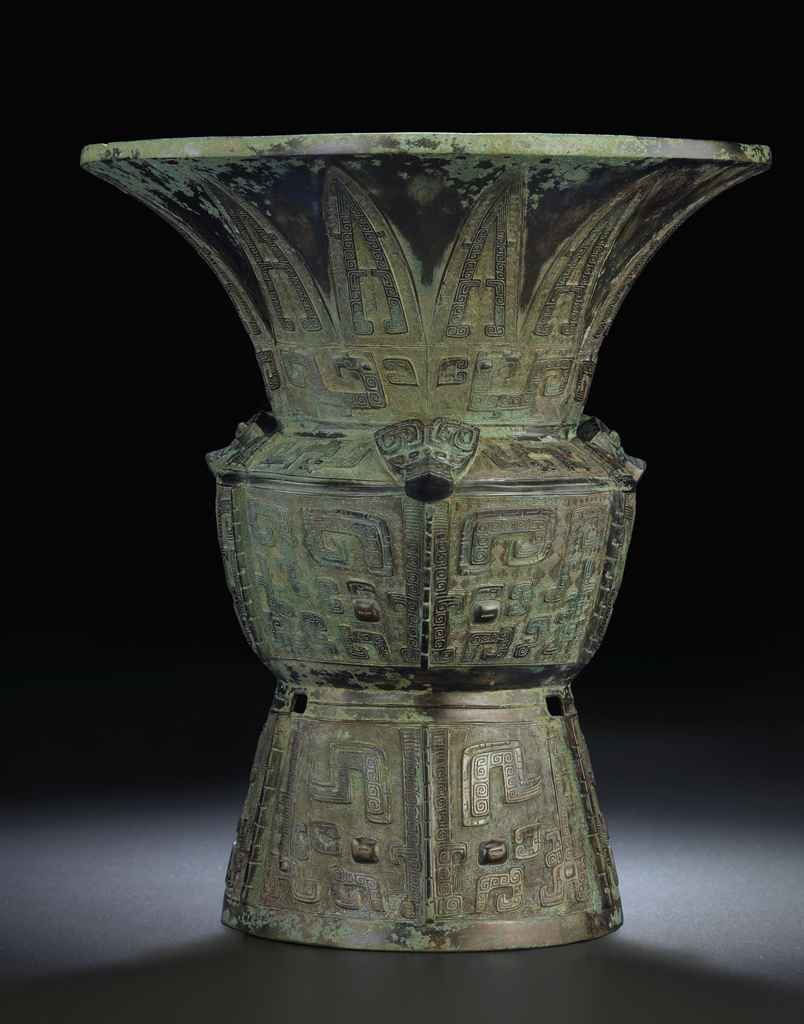


Testen Sie LotSearch und seine Premium-Features 7 Tage - ohne Kosten!
Lassen Sie sich automatisch über neue Objekte in kommenden Auktionen benachrichtigen.
Suchauftrag anlegen